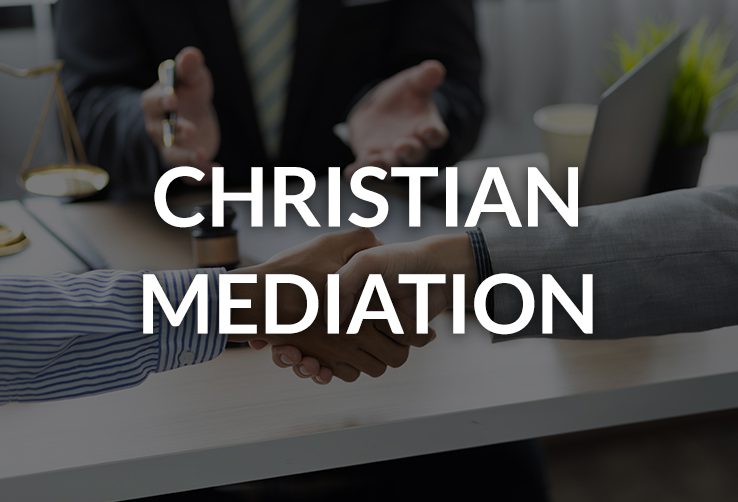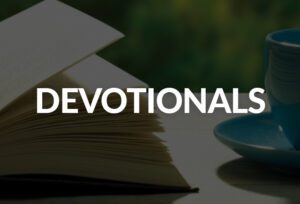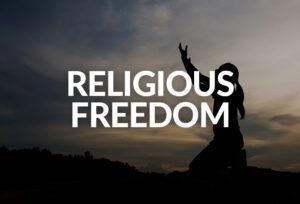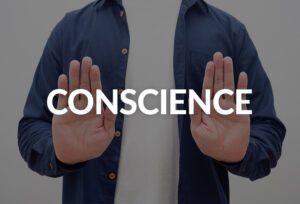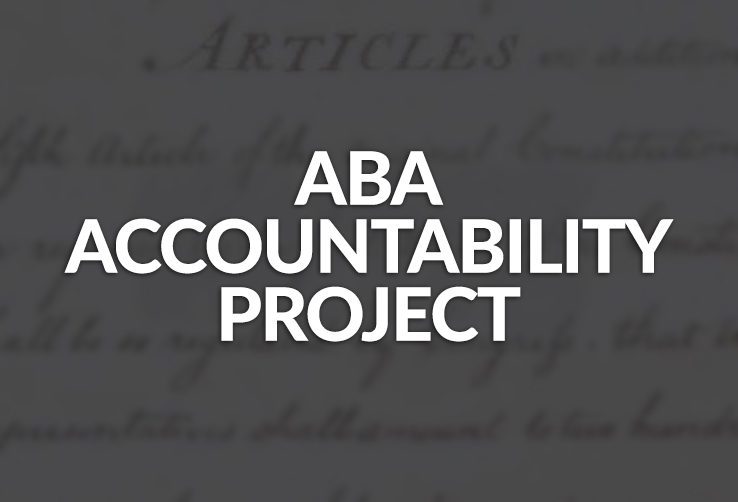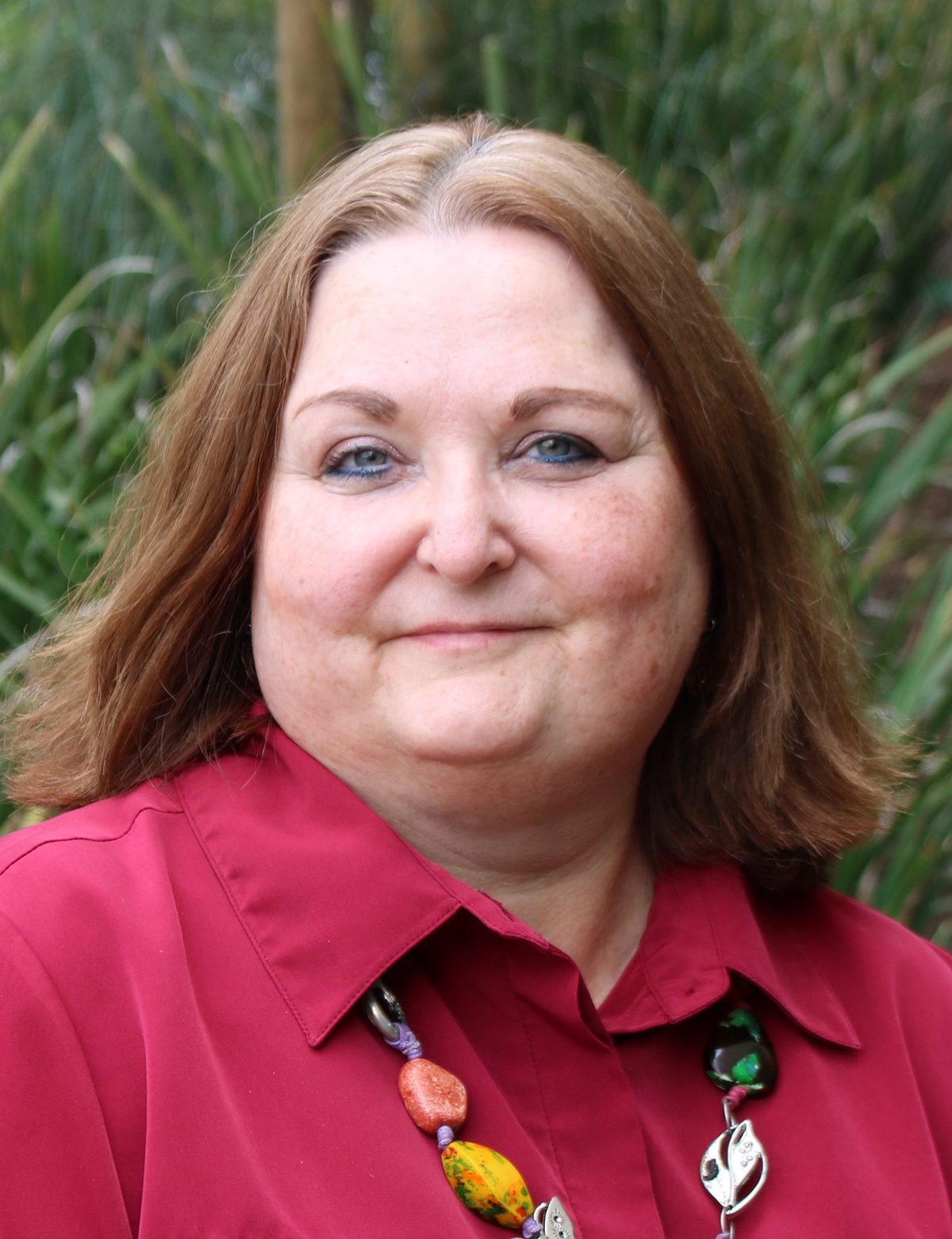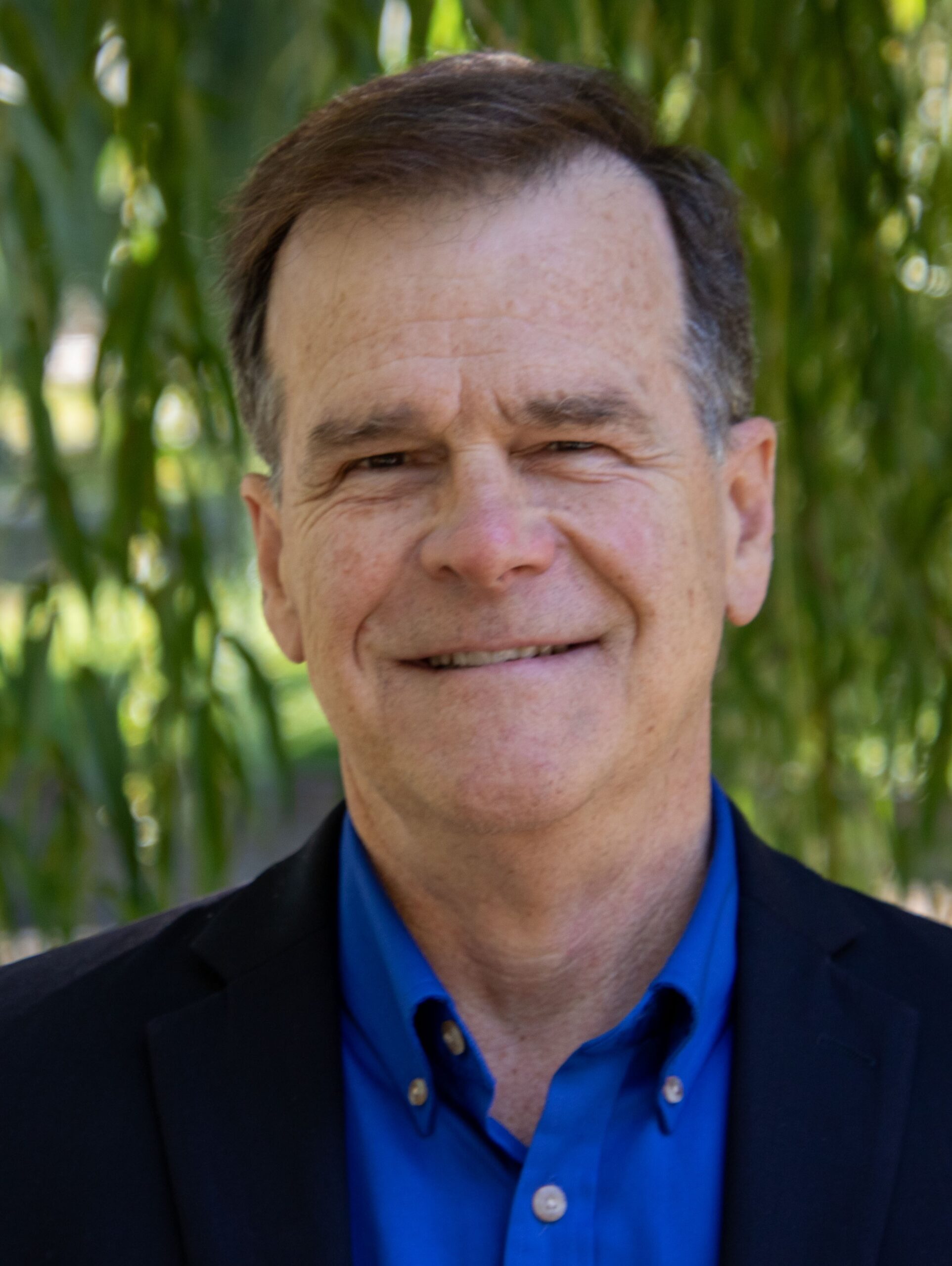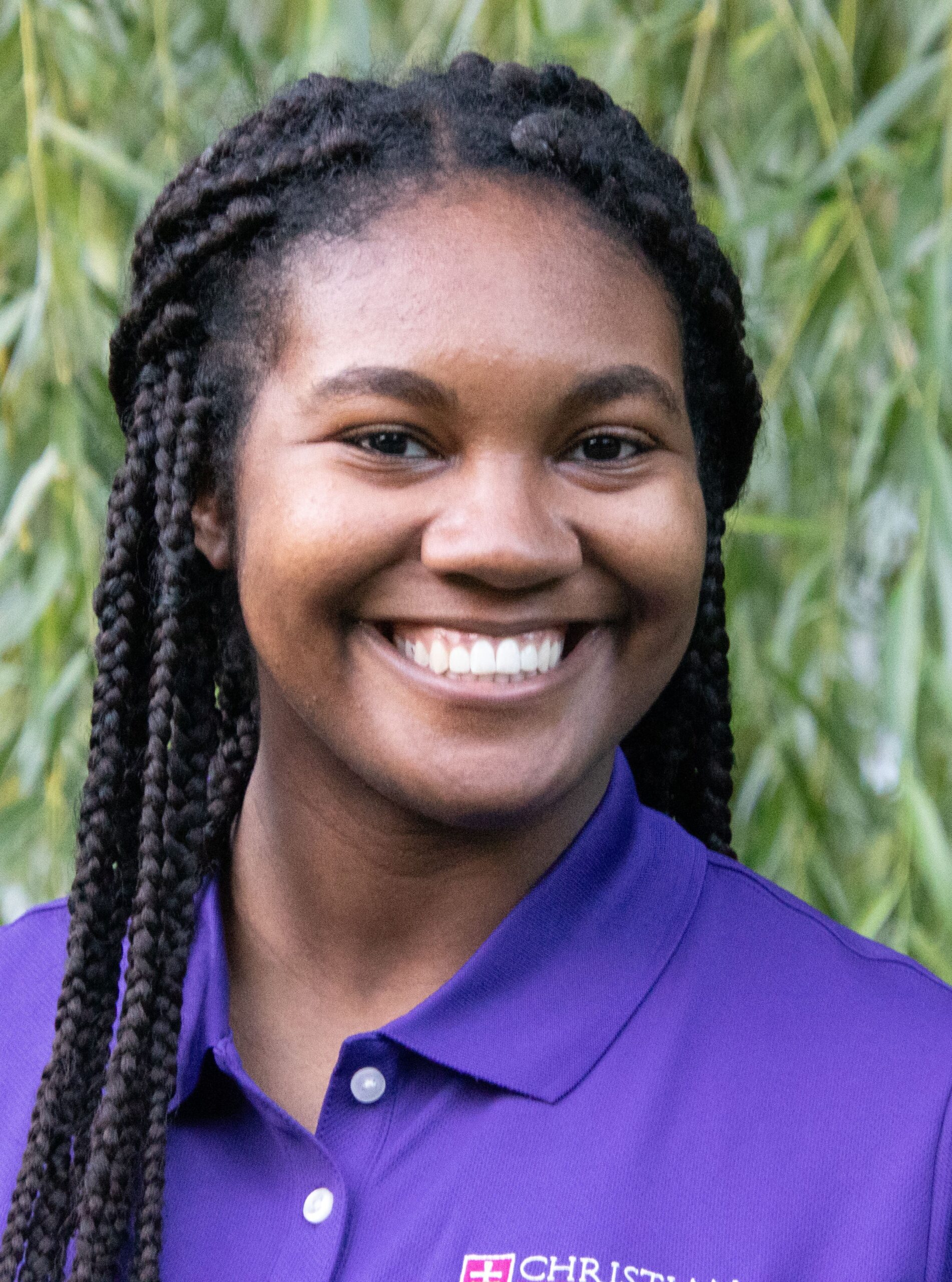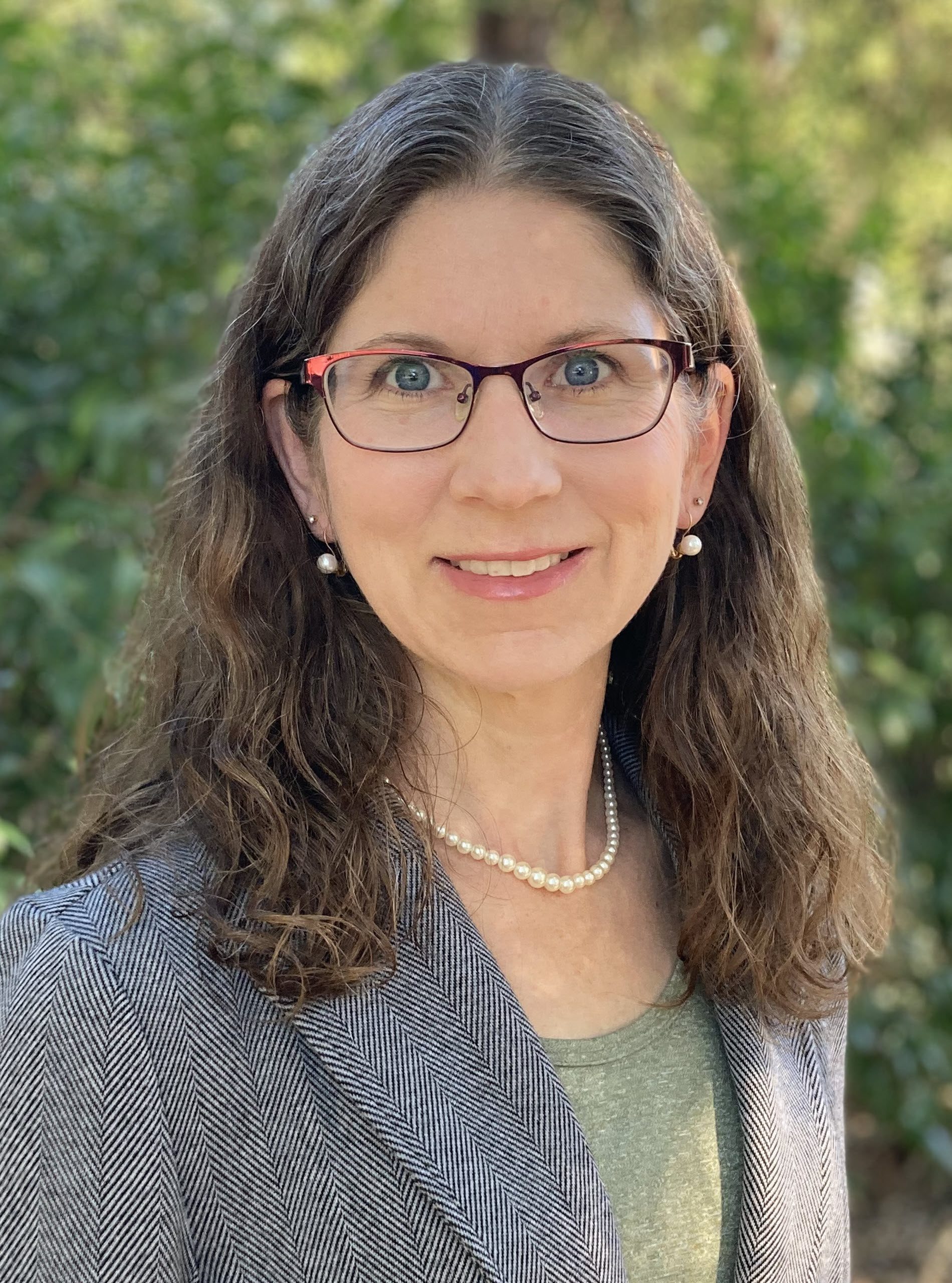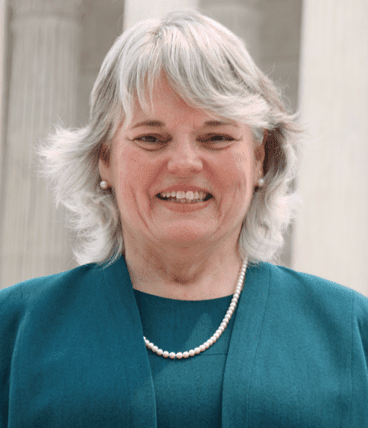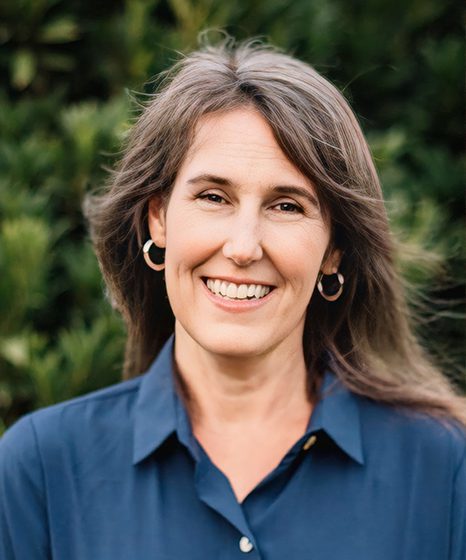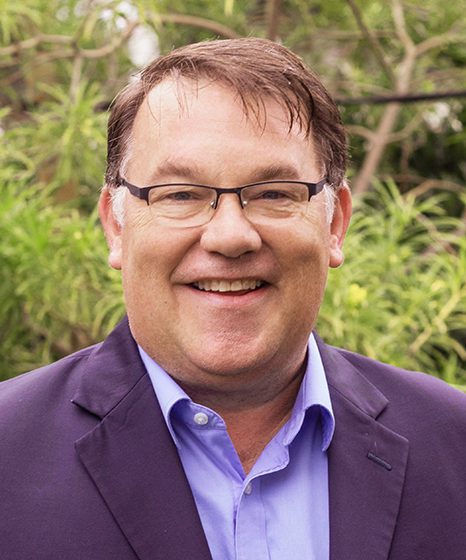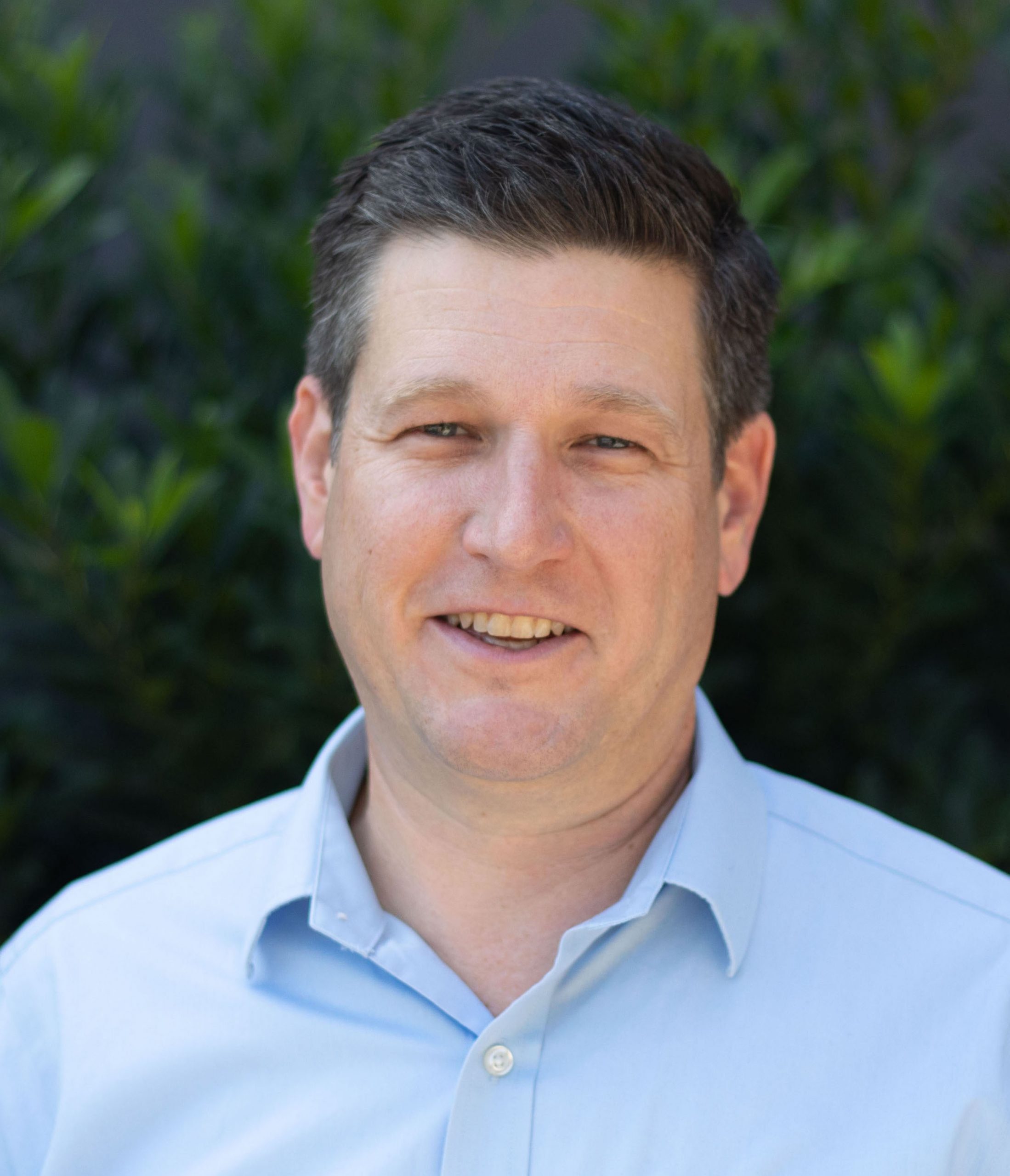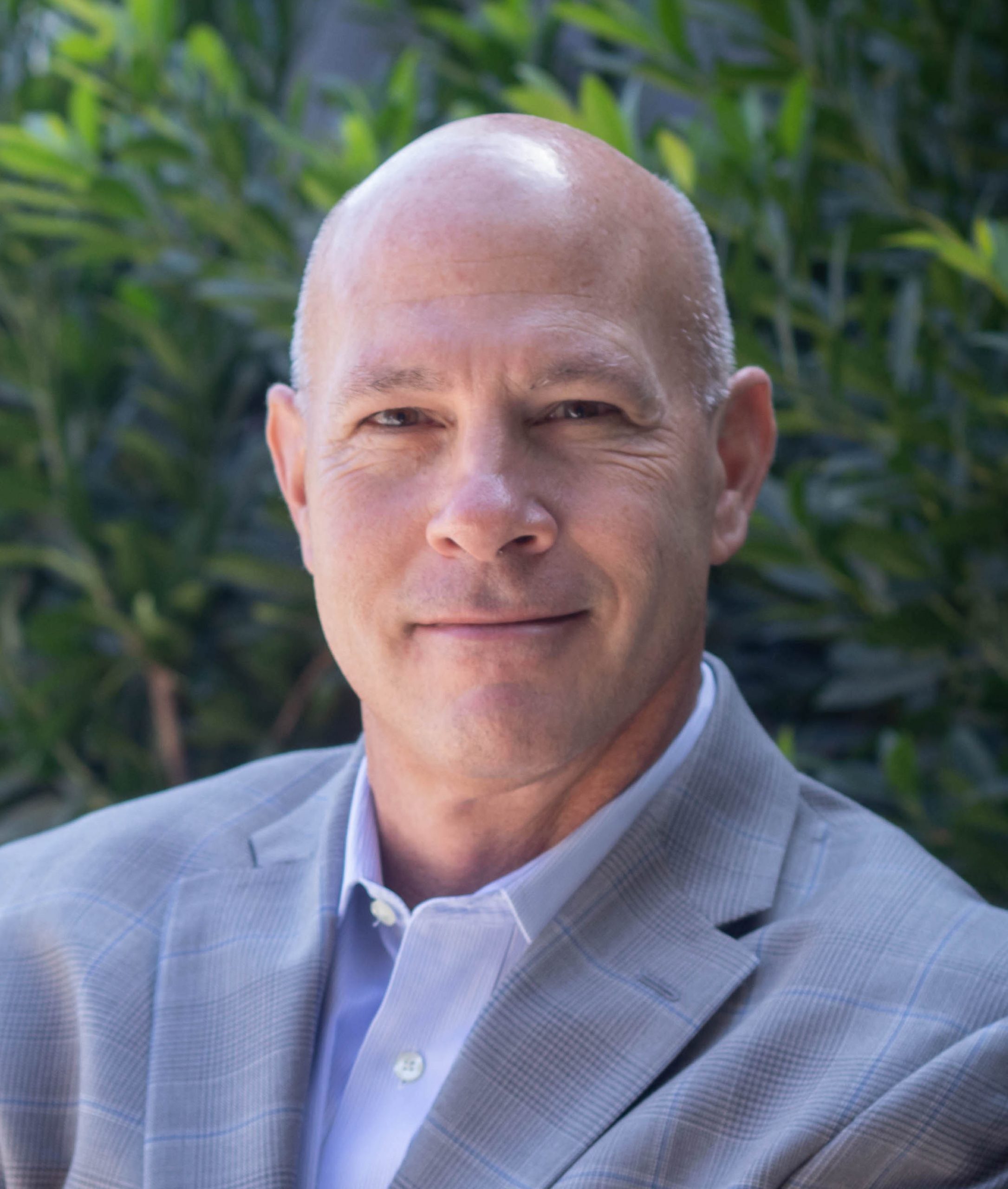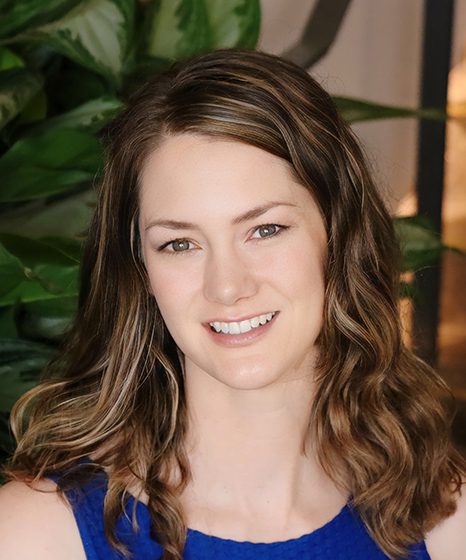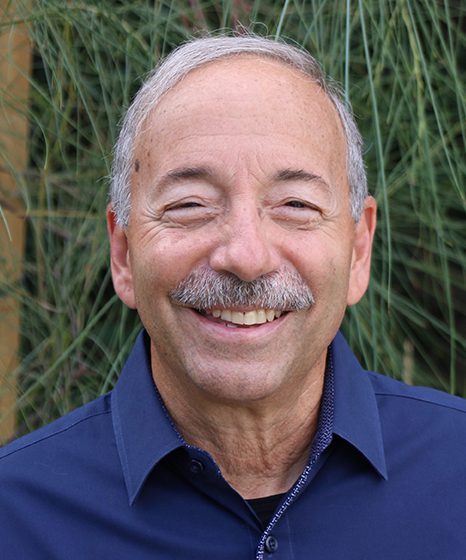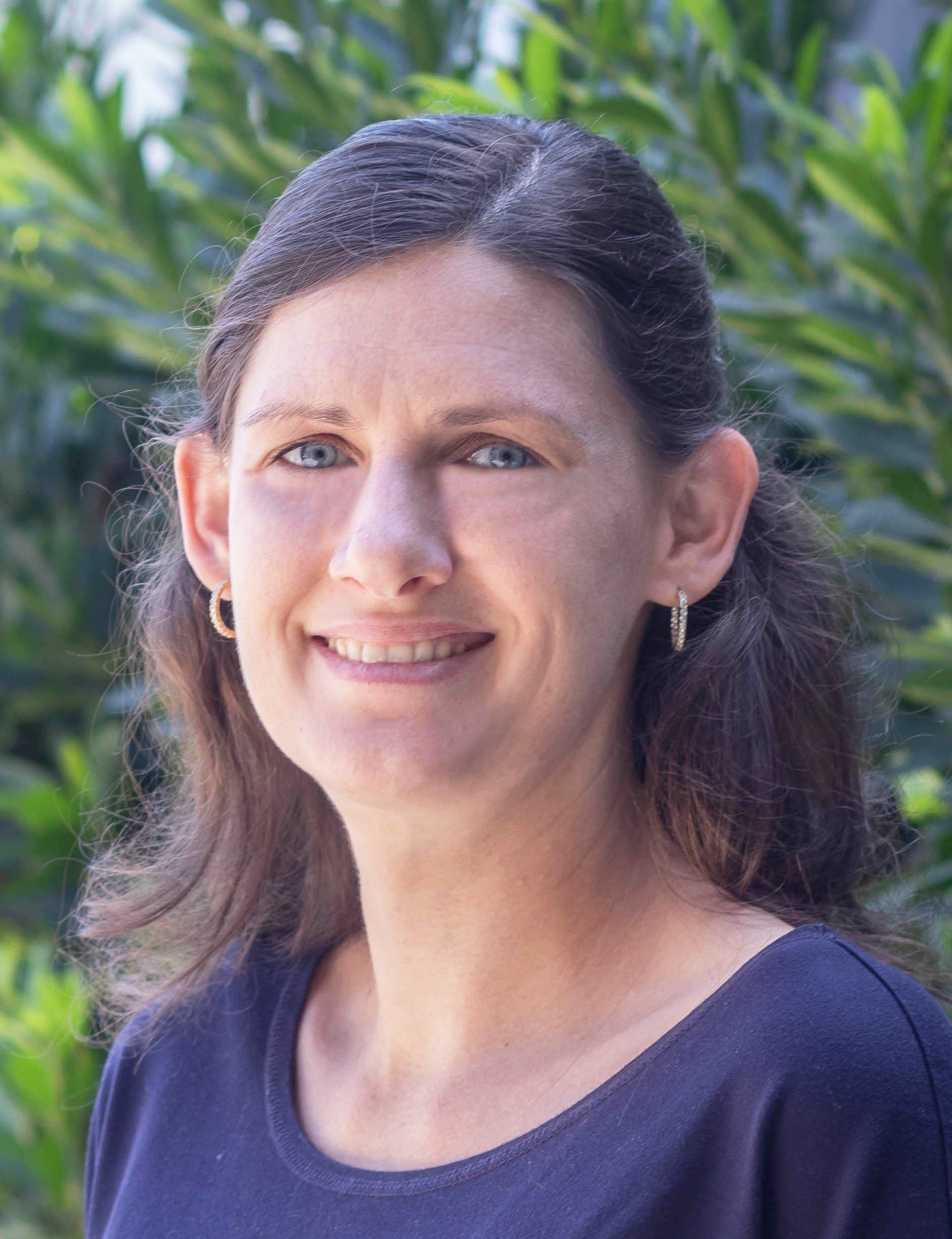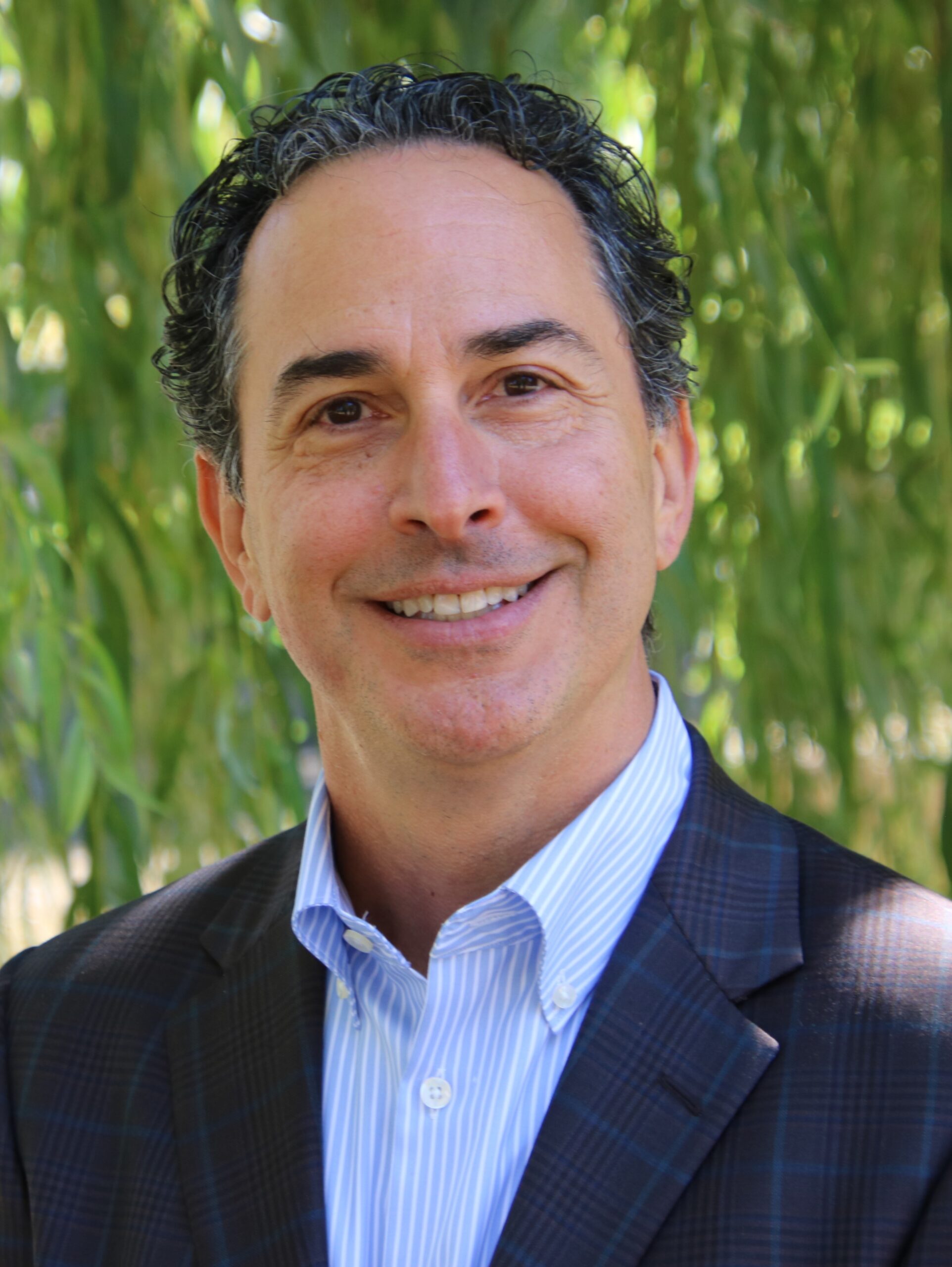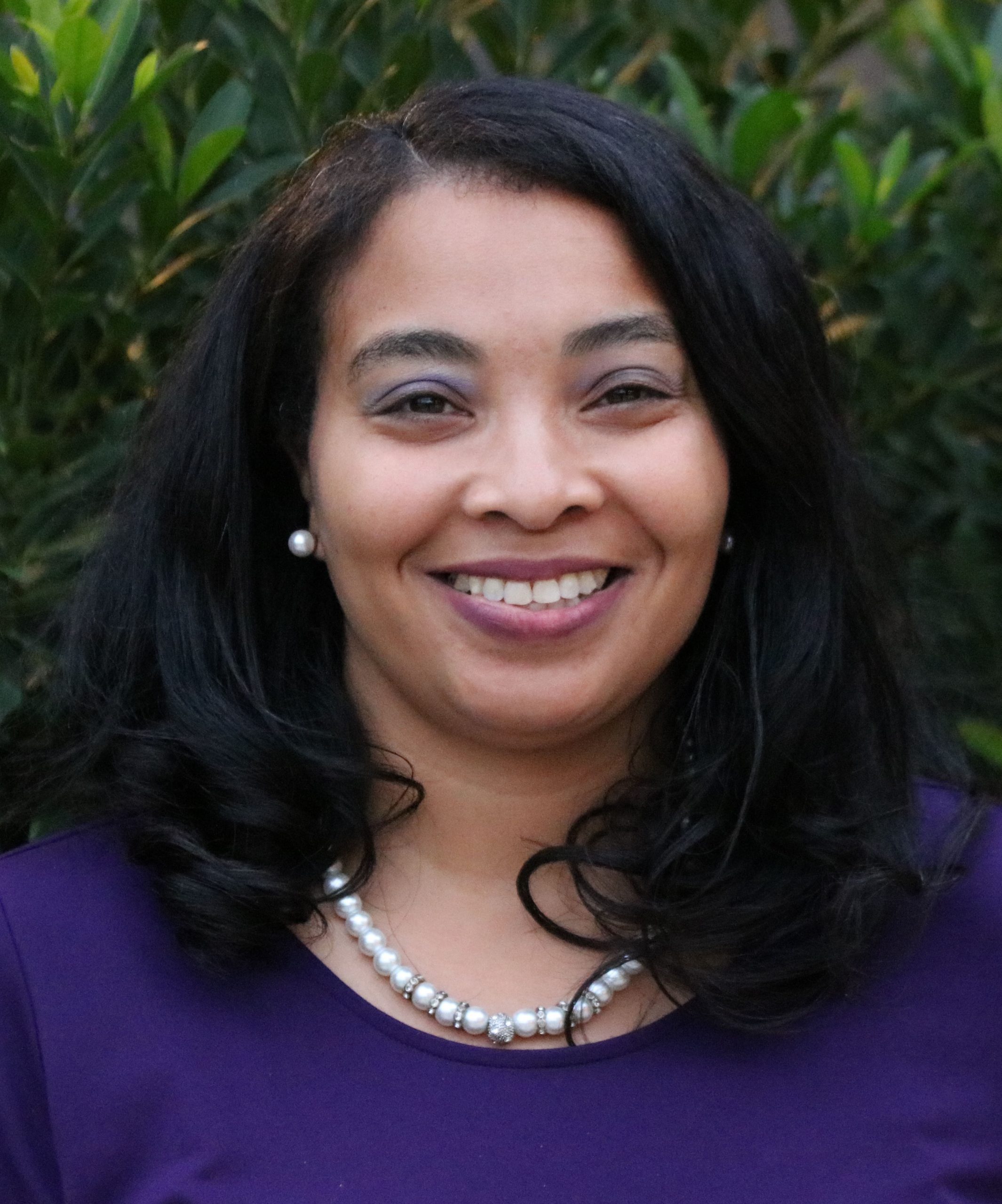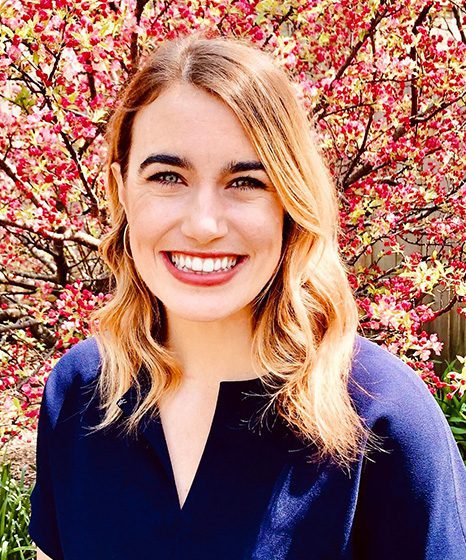Secondary Schools
Enabling Religious Student Groups To Meet In Public Secondary Schools
Christian Legal Society has long believed that pluralism is essential to a free society and prospers only when the First Amendment rights of all Americans are protected, regardless of the current popularity of their speech or religious beliefs. For that reason, CLS was instrumental in the bipartisan passage of the Equal Access Act of 1984 that protects the right of all students to meet for “religious, political, philosophical or other” speech on public secondary school campuses. The Act was a bipartisan effort to protect religious student groups from being excluded from high school campuses simply because they wanted to meet for religious speech, including Bible studies and prayer, when other student groups met. For 33 years, the Act has protected religious students to meet at their high schools.
In Congress
Equal Access Act of 1984 (EAA), 20 U.S.C. §§ 4071-4074 (1984): The Center was instrumental in the drafting of the federal law that has protected the right of millions of public secondary school students to meet for prayer and Bible study for 33 years. See 128 Cong. Rec. 11784-85 (1982) (Sen. Hatfield statement) (recognizing CLS’s role). Passage of the EAA was truly a bipartisan effort. The EAA passed in the House, 337-77, and in the Senate, 88-11. House Education and Labor Committee Chairman Carl Perkins (D-KY), along with Committee ranking member Representative William Goodling (R-PA), Representative Don Bonkers, (D-WA), and Representative Trent Lott (R-MS), shepherded the Act through the House. Senator Mark Hatfield (R-OR), Senator Jeremiah Denton (R-AL), and Senator Orrin Hatch (R-UT) led the bipartisan effort in the Senate, with Senator Ted Kennedy (D-MA) and Senator Joe Biden (D-DE) among its Democratic supporters.
To help them understand the EAA and know how to implement it, the Center provided guidelines to 14,000 school superintendents nationwide.
In the Courts
The Center has worked in the courts since 1975 to protect the right of religious student groups to remain on high school campuses. A small sampling of the Center’s work over four decades includes:
Bender v. Williamsport Area School District: In the first case heard by the United States Supreme Court on whether religious student groups could meet in high schools for Bible study and prayer, the Center represented a group of religious students from Williamsport, Pennsylvania. The students were denied the right to meet for prayer and Bible study even though other student groups met on their high school campus. Although the Supreme Court ruled for the students only on procedural grounds and not on the merits, the case became the basis for the federal Equal Access Act, 20 U.S.C. §§ 4071-4074, and a Supreme Court victory four years later in Board of Education v. Mergens.
Citation: Bender v. Williamsport Area School District, 475 U.S. 534 (1986), vacating on jurisdictional grounds, 741 F.2d 538 (3d Cir. 1984), rev’g 563 F. Supp. 697 (M.D. Pa. 1983). The district court ruled in favor of the student group at 563 F. Supp. 697 (M.D. Pa. 1983) (Chief Judge William Nealon).
Garnett v. Renton School District: In one of the earliest Equal Access Act cases, Center attorneys, along with co-counsel in Washington State, Illinois, and Minnesota, for eight years represented high school students who wanted to meet for prayer and Bible study at their high school in Renton, Washington. The school district refused to comply with the Equal Access Act. At first, it claimed that the EAA violated the federal Establishment Clause. When the Ninth Circuit Court of Appeals agreed, the students appealed to the Supreme Court and won when the Court granted their petition and remanded to the lower courts in light of its Board of Education v. Mergens decision, which was at the Supreme Court at the same time.
But in the courts below, the school district continued to fight, this time claiming that the EAA violated the Washington State Constitution. When the district court agreed, the Center returned to the Ninth Circuit, which this time ruled in favor of the students’ right to meet under the EAA. It was an eight-year battle, but having the students’ Bible study finally meet on their high school campus made it all worthwhile.
Citation: Garnett v. Renton School District, 496 U.S. 914 (1990), granting certiorari, vacating decision below, and remanding in light of Board of Education v. Mergens, 496 U.S. 226 (1990), 865 F.2d 1121 (9th Cir. 1989) (Court of Appeals held Equal Access Act unconstitutional under federal Establishment Clause), aff’g 675 F. Supp. 1268 (W.D. Wash. 1987) (district court held same), on remand from United States Supreme Court, 772 F. Supp. 531 (W.D. Wash. 1991) (district court held Equal Access Act unconstitutional under state constitutional provision), rev’d 987 F.2d 641 (9th Cir. 1993), cert. denied, 510 U.S. 819 (1993) (Equal Access Act requires high school to allow student religious group to meet despite contrary state constitutional provision).
Board of Education v. Mergens: At the same time that the Center had a petition in Garnett v. Renton School District before the Supreme Court, the Court upheld the constitutionality of the Equal Access Act in the Mergens case. The Center filed an amicus brief in support of the constitutionality of the Act, which is how the Court ruled.
Citation: Board of Education v. Mergens, 496 U.S. 226 (1990)




